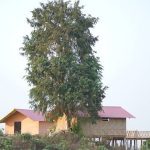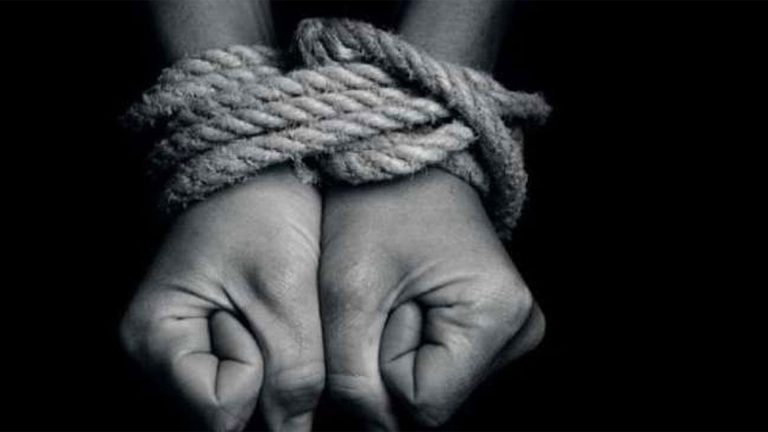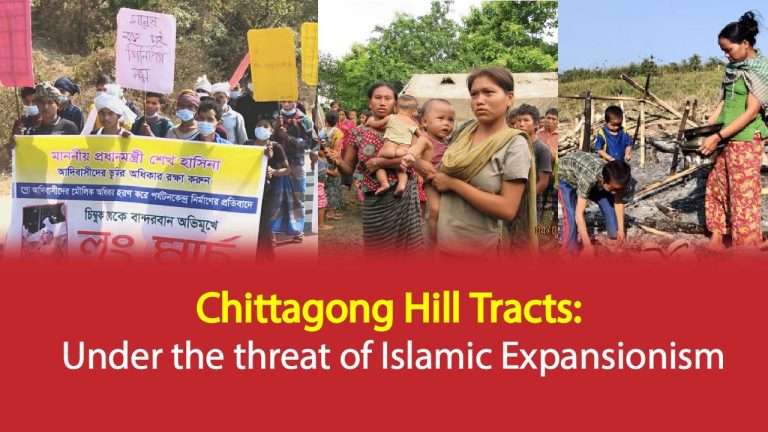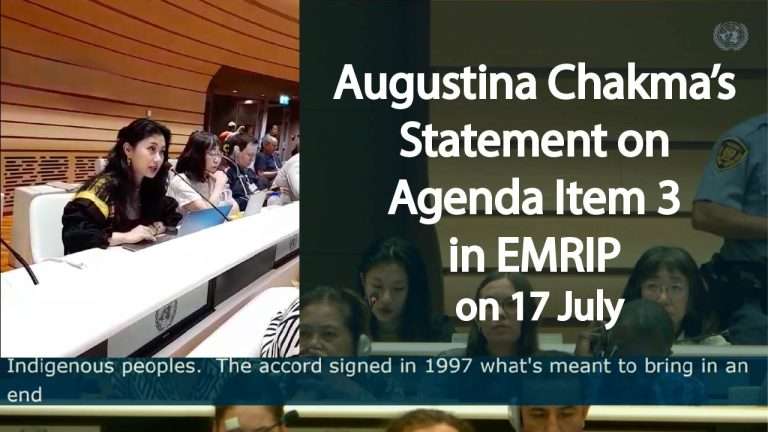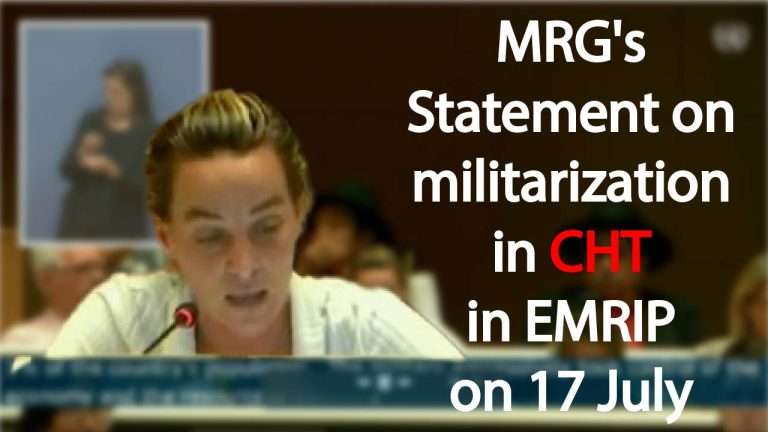Saleem Samad
Moments after India scrapped the historic Special Status of Jammu & Kashmir, sporadic protests were held in some educational campuses in Bangladesh, many created storm over cups of tea, and others took to social media to criticize the decision of Narendra Modi.
Those who protested in social media in Bangladesh did not hesitate to circulate photos and videos, which were discovered to be fake. Photos and videos of atrocities in Syria, Iraq, and Afghanistan, even from Balochistan and Waziristan in Pakistan surfaced in cyberspace and sought to be passed off as pictures of incidents occurring in Indian Administered Kashmir.
Bangladesh media reacted responsibly to the Revocation of Article 370 for J&K, keeping in mind its responsibility not to jeopardize nearly five decade long warm bilateral relations between two neighbouring countries.
Like most members of the Organization of Islamic Cooperation (OIC) and other countries in the North, Bangladesh stated that the J&K is an internal matter of India.
Political scientists found three primary reasons why tens of thousands of social media enthusiasts used this opportunity to ventilate their frustration over the Kashmir crisis.
Firstly, it was nothing but Sunni Muslim jingoism to express solidarity with Muslim brethren in Kashmir (similar support, it needs stating, was also shown for Palestine). Secondly, there was obviously an element of religious intolerance also involved and third, their overt reservation about Bangladesh-India relationship, which they argue is lopsided, stood exposed.
The issue of discussion here is whether any “Bir Bangalee” in the eastern province of Pakistan (now Bangladesh) protested the annulment of the Special Status stated in Chittagong Hill Tracts Manual 1900.
Promptly those hyper-critics of Kashmir issue will argue that the news media in those days were not vibrant and social media did not exist. There was little concern then among the citizens in this province, and the situation is not very different even today, regarding the cancellation of Special Status of CHT.
The concept of Special Status for a specially administered area was also recognized in the British colonial system under Government of India Acts of 1919 and 1935. The constitutions of Pakistan of 1956 and 1962 made no change in the Special Status announced earlier for some areas.
This regulation laid down specific rules on rights of entry and residence in the CHT and made it difficult for people from outside to acquire rights to land in the region.
From the inception of the Islamic Republic of Pakistan, the Pakistan government dubbed indigenous leadership as pro-Indian.
Suddenly the Special Status was abolished in 1963 through a constitutional amendment, instigated by Chittagong-born politician Fazlul Quader Chaudhury (detained in 1972 for committing ‘crimes against humanity’ during brutal birth of Bangladesh) he was the Speaker of Pakistan National Assembly (1963 – 1965) during military dictator General Ayub Khan.
Furthermore, Pakistan changed the status of the CHT from “excluded area” to “tribal area”. It also repealed the Chittagong Hill Tracts Frontier Police Regulations of 1881.
The impact of the amendment was visible by mid-1960s, all Pahari (indigenous people) employees in the administration were transferred to other districts of the province, running the local administration entirely by Bangalees only, as Dr Ameena Mohsin of Dhaka University described in her book.
CHT, the home of Mongoloid indigenous communities was ruled by the Mughal from 1666 until 1760. In 1760, it was ceded to the British East India Company. The Mughal rulers did not interfere in the region’s governance system in exchange for revenues. The region preserved the culture, heritage, land rights and special lifestyle of the indigenous communities. The British also followed the Mughal policy.
Several academics and Adivasi leaders of Hill Tracts claimed that soon after the termination of Special Status or Excluded Area, the United States- funded hydro-electric project was built in Kaptai, inundating 40 percent of the rice bowl. The dam on Karnaphuli River was built depriving the hill people of any compensation or rehabilitation after forced displacement.
Similarly, a paper mill and other small-medium commercial enterprises were established to exploit the natural resources of the hill forests.
Bangladesh’s much talked about 1972 Constitution failed to recognize the Special Status of the hill people, despite demands of recognition by the Adivasi leaders. This led to political discontent in the hills, which developed into a crisis and plunged the region into armed conflict. There arose a demand for regional autonomy until a peace accord was signed in 1997.
Another amendment in Section 34 of the CHT Regulation in 1979 during General Ziaur Rahman’s authoritarian regime, paved the way for planned settlement of Bangalees from the floodplains in the CHT. The mass influx from the plain-land significantly changed the demographic composition of the region, laments Dr Shapan Adnan.
Saleem Samad: is a journalist, recipient of Ashoka Fellow (USA) and Hellman-Hammett Award, also Bangladesh correspondent of Paris based international media rights organization, Reporters Without Borders (RSF). Twitter @saleemsamad; Email: saleemsamad@hotmail.com
Source: Dhaka Tribune
